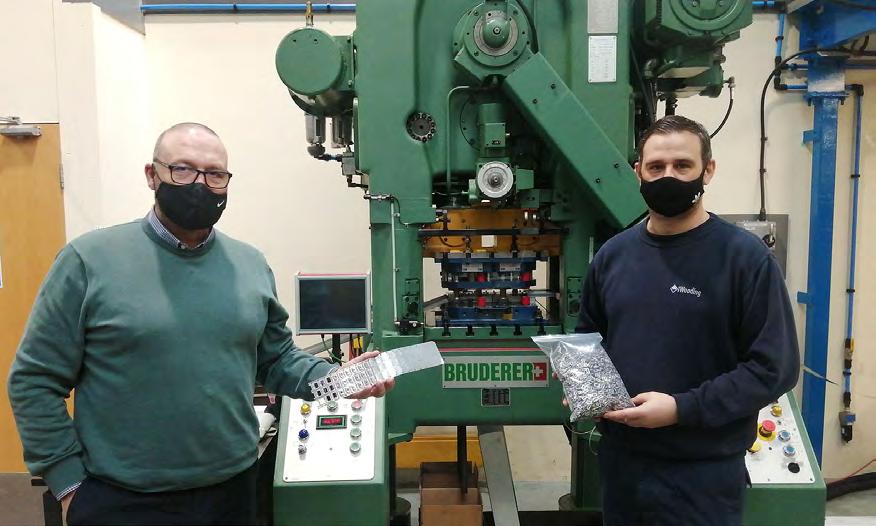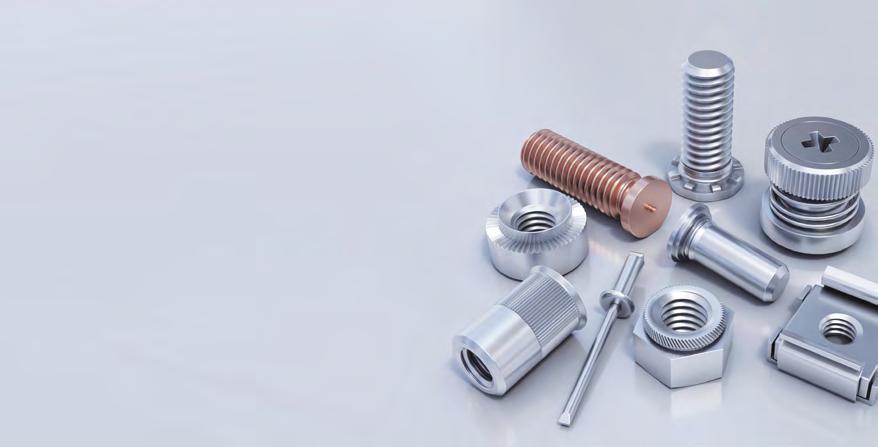
3 minute read
President’s Report
from ISME Spring 2021
From the President
Chairman’s Comments
Advertisement
Hello all, How good it is to be able to contemplate some positive subjects again. As I was writing this, the Covid vaccination programme had provided jabs for over 21 million people in the UK, so be the time you are reading it, we should be well on the way to 25 million, a fantastic achievement. Hopefully it means we can all look forward to returning to a more enjoyable way of life soon, albeit with the caveat that some things may have changed forever, and others may still be a while before we can say “back to normal”. There has been a lot of speculation about the extent to which working from home will be the new normal for many people. For those of us still engaged in actually making things I think the scope remains limited, not just because of the practical constraints around managing and operating machinery, but also because I really feel that we lose something valuable when you take away the face to face contact. Communicating by Zoom or MS teams is OK, and better than just phone or emails, but the exchange of views, ideas etc seems somehow lacking in inspiration. For those who will find themselves working from home either entirely, or to a much greater extent, I note some commentators suggesting that assessing performance against set goals, rather than being paid by attendance time, could become the norm. I seem to recall we used to have a name for that type of thing, now what was it? – Oh yes, I remember now “Piece-Work”!
Barry Smith - ISME Chairman
The need for adapting to the changing conditions
Now that we have all been informed by the Prime Minister of how our country will commence the process of coming out of lockdown, I am sure that there will be both opportunities and challenges along the way that we will all have to face. Being involved in the Sheet Metal Industry, currently one of the biggest challenges that I am seeing is the availability of steel and the amount that the cost has increased. Trying to pass these increases onto the customers will prove extremely difficult unless there is an agreement that has been negotiated and carried out on an annual basis. It is not uncommon to have an agreement clause in your price agreements with your customers for between a 3% - 5% fluctuation in regards to raw material. This will give you the opportunity whereby, if the material moves up or down more than 3% - 5%, you can either issue the customers a credit for the difference between the base cost of the material and the new price for the material or you can issue a supplementary invoice for the difference. However, having an agreement of this type is only of benefit if you are able to purchase the material requirement that will satisfy your customers’ orders. Once you have you will probably need to micromanage your material allocation and share it between your customers orders. By doing this you can expect additional costs for the setting and manufacturing smaller production runs. This is why it is imperative to adapt and invest in processes and methods of quicker tool changes. On a positive note, by adopting quick tool changing (SMED) these processes and new working practices will improve your competitiveness for the future. I believe that there may be some companies who will not make the necessary improvements. Unfortunately, the survival of these companies, once the recovery has started later this year could be in doubt of continuing.







